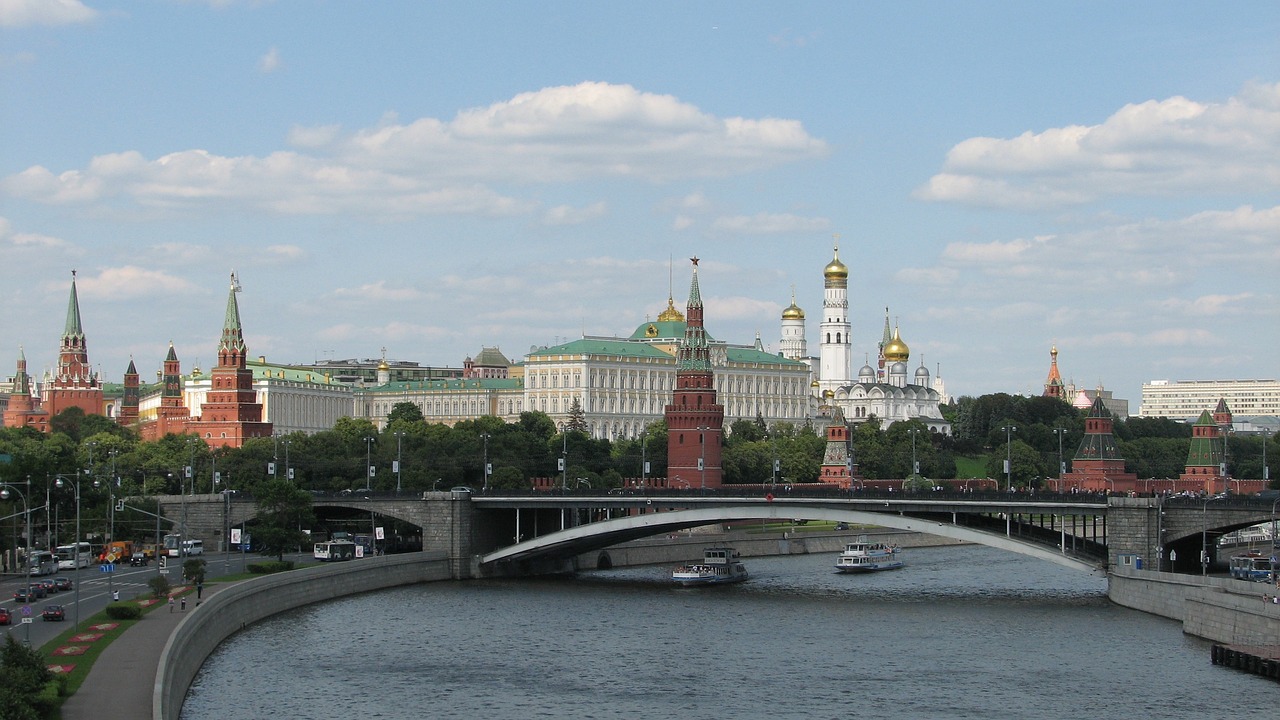Cappadocia, a region in central Turkey, is renowned for its peculiar fairy chimneys, ancient cave dwellings, and hot air balloons that grace the skies. This enchanting landscape, shaped by both nature and human history, offers an extraordinary blend of natural beauty and cultural richness.
In this article, we’ll delve into the heart of Cappadocia, exploring its unique geological formations, rich historical tapestry, and the myriad experiences it offers to travelers.
The Ethereal Beauty of Cappadocia’s Landscape
Cappadocia’s landscape is a marvel of nature’s artistry. Over millions of years, volcanic eruptions covered the region with thick ash, which solidified into a soft rock called tuff. Later, erosion sculpted this material into the whimsical formations known as fairy chimneys. These tall, cone-shaped rock formations, some of which house ancient cave dwellings, create a surreal panorama that captivates visitors.
A Journey through History
Cappadocia’s history is as rich as its landscapes. This region was once a hub of activity in the Roman and Byzantine empires. The soft rock allowed early inhabitants to carve out homes, churches, and monasteries, leaving behind a labyrinth of underground cities and intricate frescoes that tell stories of ancient times. The Goreme Open-Air Museum, a UNESCO World Heritage Site, is a testament to this historical wealth, showcasing some of the best-preserved cave churches and Christian art in the world.
The Hot Air Balloon Experience
A defining experience in Cappadocia is the hot air balloon ride. As the sun rises, these balloons ascend, offering an unparalleled view of the fairy chimneys and the rugged landscape. It’s not just the height that makes this experience magical, but also the sheer number of balloons that fill the sky, creating a colorful spectacle against the backdrop of the dawn.
Cultural Immersion and Local Cuisine
Cappadocia is not just about its physical beauty; it’s also a place to immerse yourself in Turkish culture. The region is known for its pottery and ceramic art, a tradition that dates back to the Hittites. Visitors can try their hand at pottery in the town of Avanos, where the red clay from the Red River is still used to craft exquisite pieces. Additionally, the local cuisine offers a delightful culinary experience, with dishes like Testi Kebab (meat and vegetables cooked in a clay pot) and traditional Turkish delights.
Adventure Activities
For the more adventurous, Cappadocia offers a range of activities. You can explore the valleys and fairy chimneys on horseback, a nod to the region’s name, which means “land of beautiful horses” in Persian. Hiking and mountain biking are also popular, with trails winding through the lunar-like landscape, revealing hidden chapels and panoramic vistas.
Practical Tips for Travelers
- Best Time to Visit: The best times to visit Cappadocia are during spring (April to June) and fall (September to November) when the weather is mild and conducive to outdoor activities.
- Accommodation: Cappadocia offers unique lodging experiences, including cave hotels that combine ancient charm with modern amenities.
- Transportation: Renting a car is advisable for exploring the region at your own pace, though guided tours are also available.
Conclusion
Cappadocia is a destination that seamlessly blends natural wonders, historical richness, and cultural experiences. Whether floating in a hot air balloon, exploring ancient cave cities, or savoring the local cuisine, this Turkish gem promises an unforgettable journey for every traveler.



